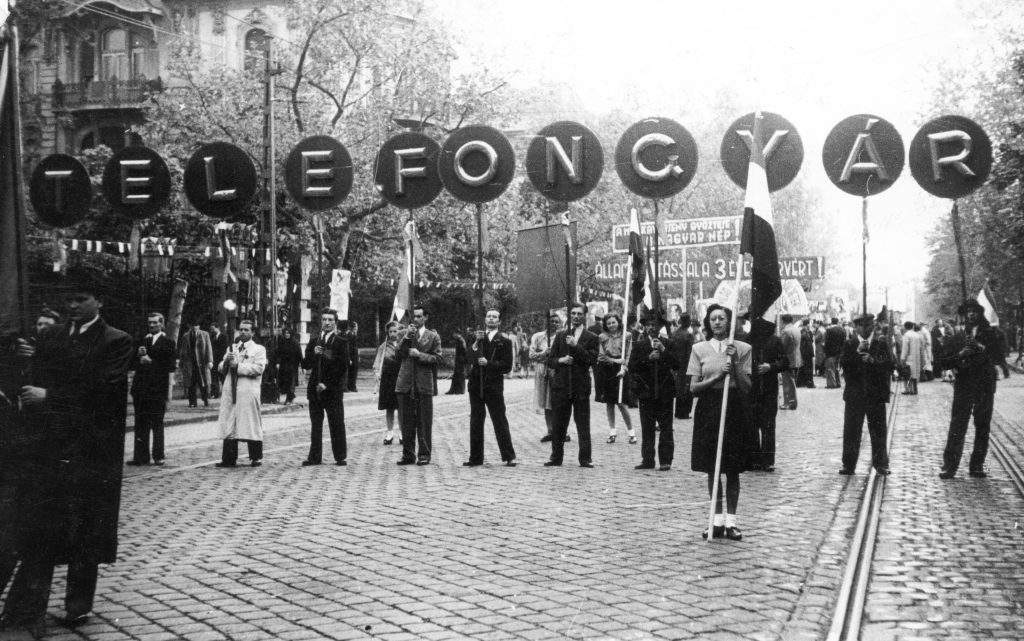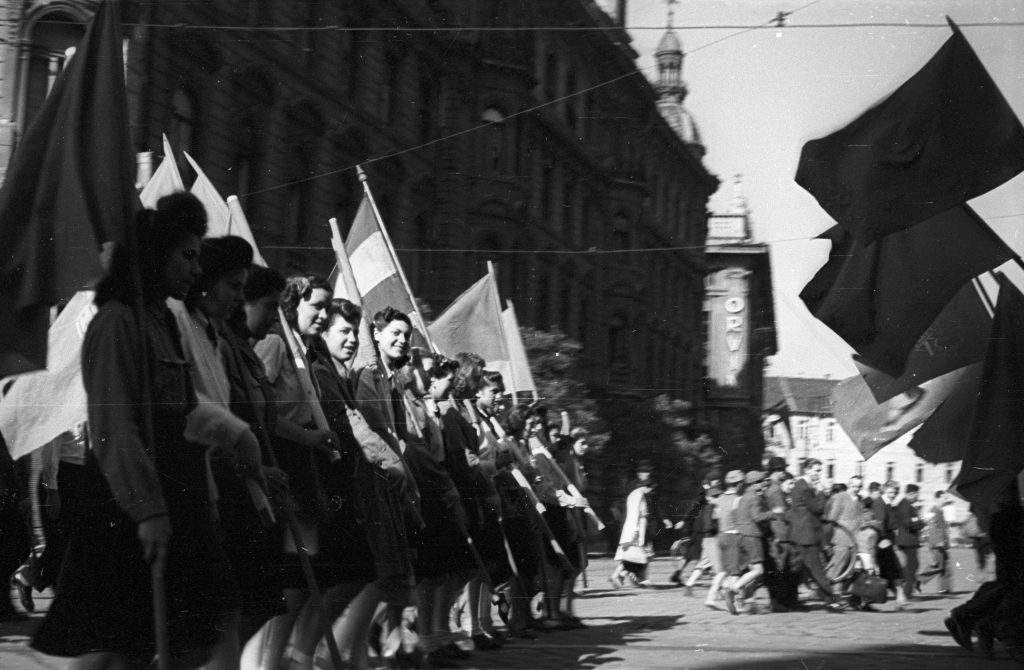1 May – The Labour Day in Hungary

The first celebration — or, rather, commemoration — of 1 May was in 1890. The holiday lasted merely two decades before it was prohibited during World War I. But why is this day so important for the workers of the world and how did this phenomenon reach Hungary? Here is a glimpse into the history of the Labour Day – or International Workers’ Day.
1 May was the day of solidarity with the workers in the USA who were struggling for the introduction of 8-hour-long workdays.
It was on 1 May 1886 when the first strike began to reach this goal. Two days later, workers and the police engaged in a fight during which the policemen opened fire, killing four people. Retaliation has not defaulted: some anarchists infiltrated among the demonstrators and threw bombs to the policemen, provoking another shooting. The event resulted in more than a dozen dead. Eight anarchist leaders were brought to court, and half of them were executed soon.

The news of these events spread through the globe, awaking indignation among the people. 1 May became the day of protests commemorating the USA victims. The Second Internationale in 1889 decided about the common protest of trade unions and other workers’ associations on 1 May 1890 to show their solidarity and keep on fighting for 8-hour workdays. Two years later, they have announced 1 May as the celebration of the “international alliance of the worker class.”
Hungary also took part in this movement by commemorating the date the first time in 1890.
According to Ma.hu, the contemporary press described the event as the following:
The groups arrived marching in order. They were unfolding their flags and raising their signs high at the border of the park. On those flags, there were the “three 8s” of the Congress of Paris: 8 hours of work, 8 hours of entertainment, 8 hours of rest. Though the symbols were similar, the groups carrying them were quite variable. (…) There came a group of serious, well-built people in simple Sunday bests. Great beards, thin face, red cockade, German words.
Certainly, workers from a factory. Then came another group. Tricolour in the front, behind it some men in traditional Hungarian garment and fur cap. Obviously shoemakers. Traditional Hungarian and socialist — a unique phenomenon in the country. Entered a new flock. A couple of thousands of great cockades in national colours… Honest carpenter assistants. Then came the tailors with a huge white silk flag. (…) All of them in black coats… Behind them came the workers of the peripheral factories in rumpled mushroom hats and worn out boots; they are the ones who “may not understand what’s happening, but they hope that a miracle comes and helps their situation.”
In Hungary, 1 May became a holiday after 1945. It slowly became a national celebration by the end of the 20th century.
The socialist Eastern Block used to call it the Labour Day, but it was gradually renamed in many countries as the Labour Day.
It has become one of the greatest international holidays of the working class, especially in the Soviet Union and the territories of the Warsaw Pact. The official state holiday was celebrated with marching parades and spectacular festivals, but its importance faded during the decades. After the fall of the European communist systems, 1 May rather became the day of solidarity with all employees instead of concentrating on blue-collar and manual workers. There are still recurring demonstrations organised by trade unions in some countries, calling attention to employee rights, reasonable wages and pensions, and the protection of workplaces.

Though the communist dictatorship fell in Hungary in 1989, this holiday remained as a pleasurable heritage of the era. However, as in the other parts of Europe, its former traditions went extinct. Instead of illustrious parades, 1 May is celebrated nowadays as a quiet, family holiday.
Photo: Fortepan
Source: Ma.hu, Mult-kor.hu, Daily News Hungary





